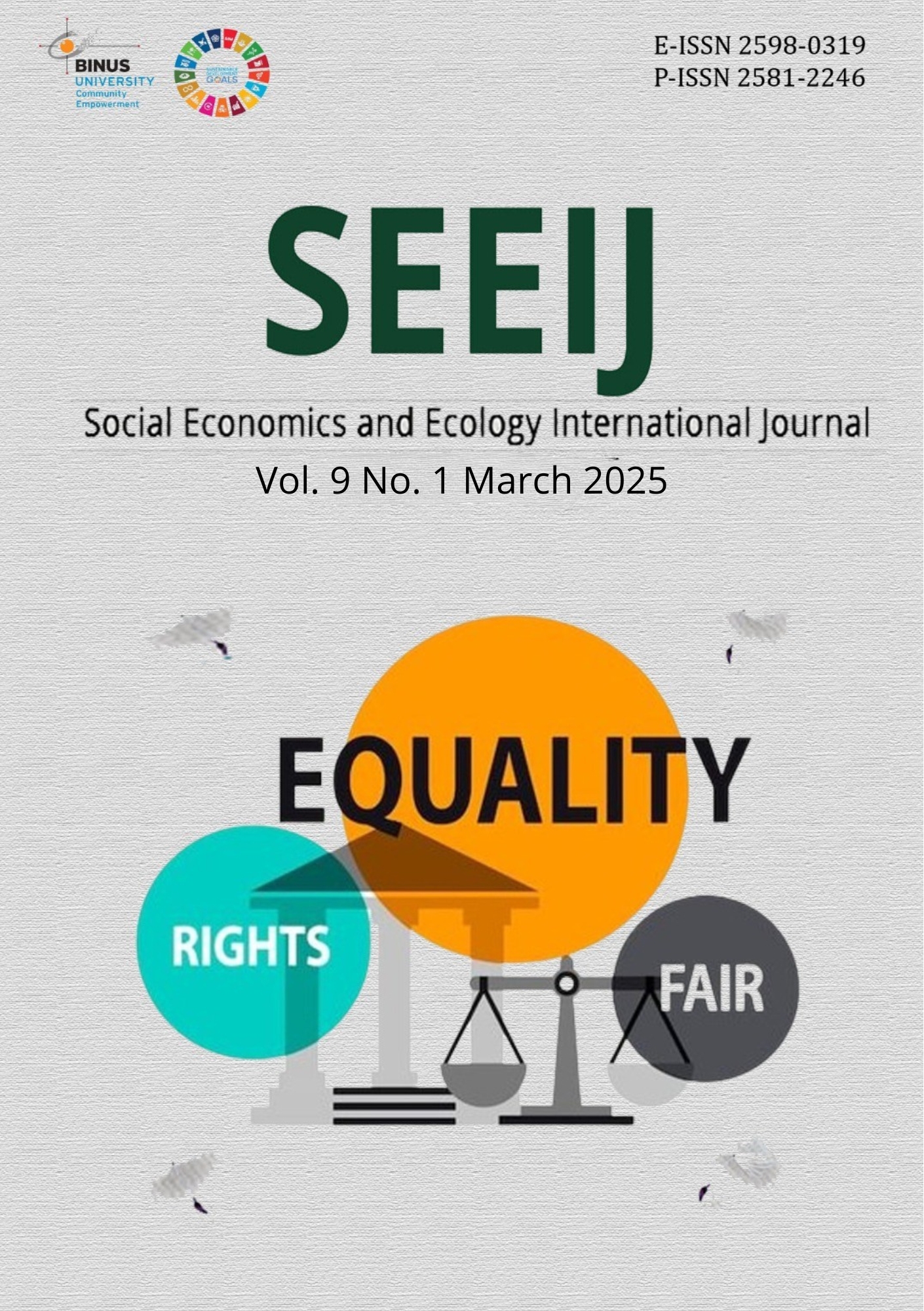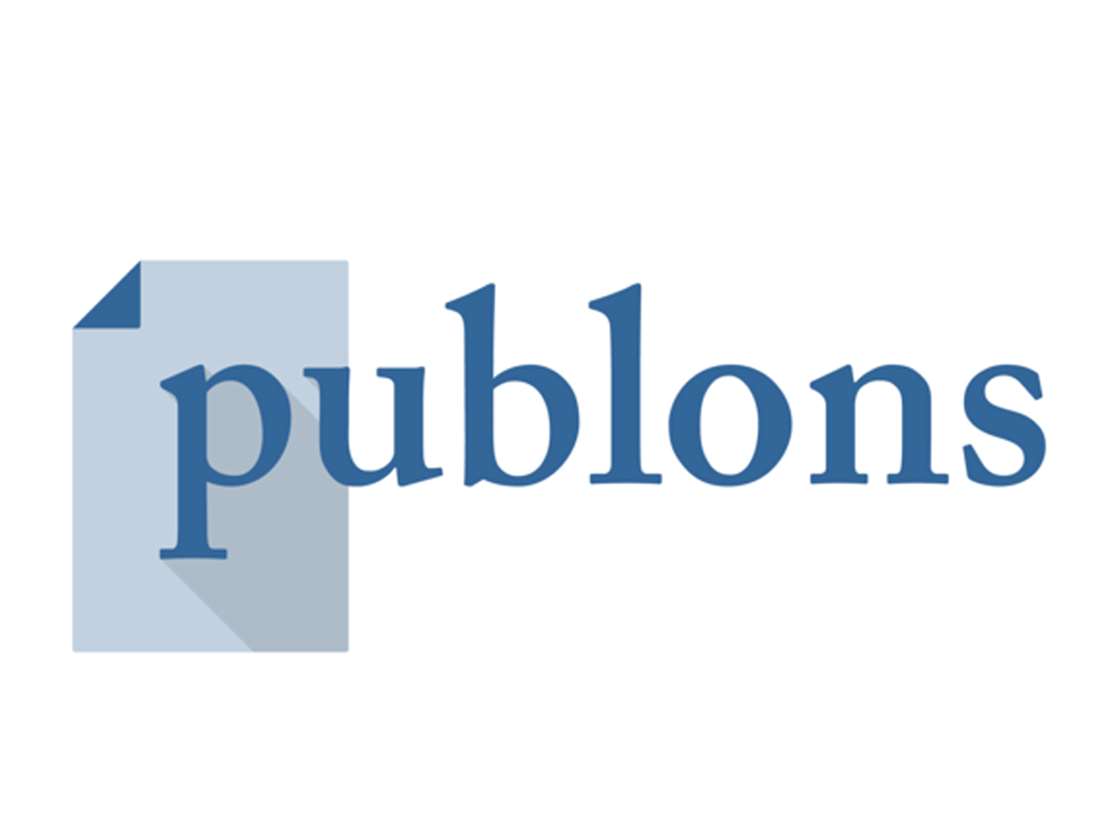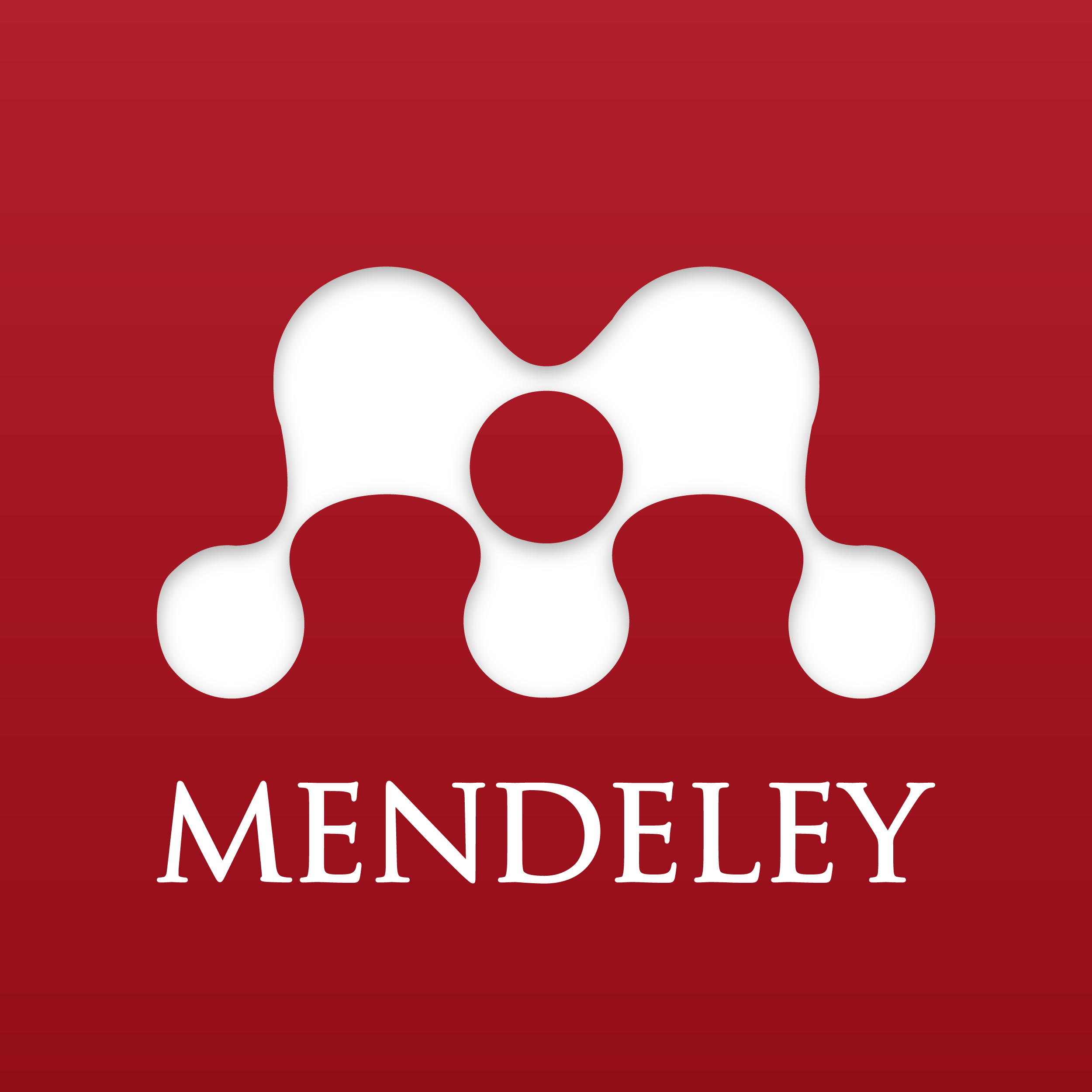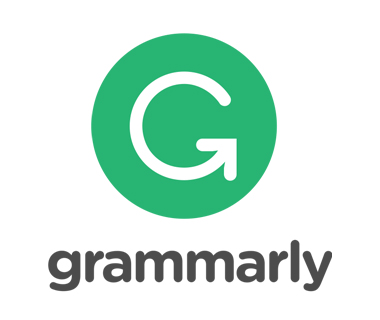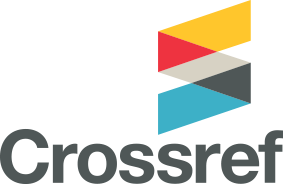EMPOWERING FUTURE CREATIVES: A COMMUNITY ENGAGEMENT PROGRAM ON ILLUSTRATION IN THE INDUSTRY FOR QUALITY EDUCATION
DOI:
https://doi.org/10.21512/seeij.v9i1.12213Keywords:
Illustration, Visual Communication, Education, Creative Industries, Professional DevelopmentAbstract
To the increased need for illustrators in the creative sector, Community Engagement Program on Illustration in The Industry for Quality Education came up with the Empowering Future Creatives program. It impacted 39 emerging creatives and tertiary learners to continue studying about illustration using webinars, seminars, and collaboration spaces that used experiential learning. The students were also able to experience significant parts of professional illustration, including the ideation process, storytelling, and business involved in the career. The students were also directly exposed to industry professionals who served as mentors and provided educative information regarding the industry. The evaluation process indicated a high degree of interaction because 92% of the participants cited an impact on their own professional development. 85% Students developed their illustration capabilities, and 59% attained internships, freelance jobs, or post-course education because of the scheme. As well as technical competency, the program developed the students' professional network far more significantly and gave them far more industry problem awareness and knowledge of career management strategies. The program also addressed the above-mentioned issues regarding the perception of illustration as an unprofessional practice, highlighting the need for greater awareness of its role in visual communication, marketing, and branding. The course raises the level of education for the Sustainable Development Goals (SDGs) through experiential and systematic learning. It also reaffirms illustration's creative and business legitimacy as a career, thereby enabling draftsmen to get the exposure and recognition they deserve within the industry.
References
Doe, J., & Lee, A. (2021). Networking for success: The importance of professional relationships in creative industries. Journal of Creative Education, 15(3), 245-260.
Johnson, R. (2022). Interactive learning methodologies: Enhancing professional skills in art education. International Journal of Art and Design, 10(2), 102-115.
Martin, T. (2023). Bridging the gap: The impact of structured educational initiatives on career transitions. Creative Industry Journal, 12(4), 311-325.
Nguyen, L. (2024). The significance of visual communication in marketing: A comprehensive analysis. Marketing and Communication Review, 8(1), 56-72.
Smith, P. (2021). The evolving role of illustrators in visual communication. Visual Studies Quarterly, 14(2), 88-102.
Williams, S. (2024). Experiential learning in the arts: A pathway to skill development. Art Education Research Journal, 6(1), 30-47.
Downloads
Published
How to Cite
Issue
Section
License
Copyright (c) 2025 Uzda Nabila Shabiriani, Muhammad Khirzan Ulinnuha, Satrya Dirgantara; Daniella Oktalina Manalu

This work is licensed under a Creative Commons Attribution-NonCommercial 4.0 International License.
The Authors submitting a manuscript do so on the understanding that if accepted for publication, copyright of the article shall be assigned to SEEIJ Community Development Academic (CDA) Bina Nusantara University as publisher of the journal.
Copyright encompasses exclusive rights to reproduce and deliver the article in all form and media, including reprints, photographs, microfilms and any other similar reproductions, as well as translations. The reproduction of any part of this journal, its storage in databases and its transmission by any form or media, such as electronic, electrostatic and mechanical copies, photocopies, recordings, magnetic media, etc., will be allowed only with a written permission from SEEIJ Community Development Academic (CDA) Bina Nusantara University.
SEEIJ Community Development Academic (CDA) Bina Nusantara University, the Editors and the reviewer make every effort to ensure that no wrong or misleading data, opinions or statements be published in the journal. In any way, the contents of the articles and advertisements published in the SEEIJ are sole and exclusive responsibility of their respective authors and advertisers.

This work is licensed under a Creative Commons Attribution-NonCommercial 4.0 International License.
